Cinematographic montage - All or nothing
Cinematographic montage - All or nothing
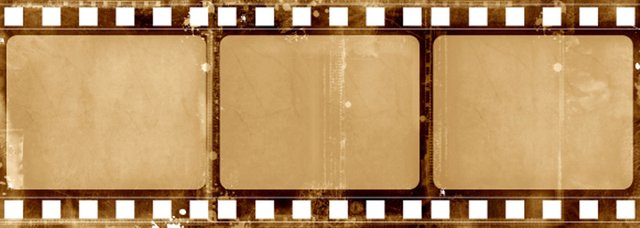
Source
Hello Steemians, in this post I'll be talking about the Cinematographic Montage, something needed for any cinematographic or audiovisual production, according to the Russian School, understanding that there are different types of assembly and appreciations of it.
Nowadays we have an impressive amount of film production, but this doesn't mean that all the films produced have a really good quality. The industry, as such, is still dominated by the main American production companies, and for that, you can see a considerable number of commercial horror, fantasy, drama, comedies, animations or action films to name a few.
In American cinema, Montage is one element of the production, while, in the Russian school, that rules much of the European cinema, we find it as a technique of composition, where all the artistic aspects, that transversely make the film, appear.
Now, how works this method? Let's review some of the most important aspects of the Russian montage from the perspective of the Russian master Sergei Eisenstein.

Sergei Eisenstein - Source
Word and image
We can see how the juxtaposition of two pieces of celluloid (part a and part b) is converted through the word into a consolidated image. This arose from the study of other arts such as poetry for example, by choosing fragments of verses that were translated from the word to the image becoming a true script for the execution of one specific piece.
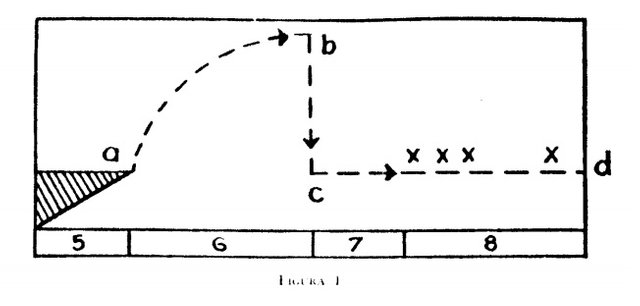
Source
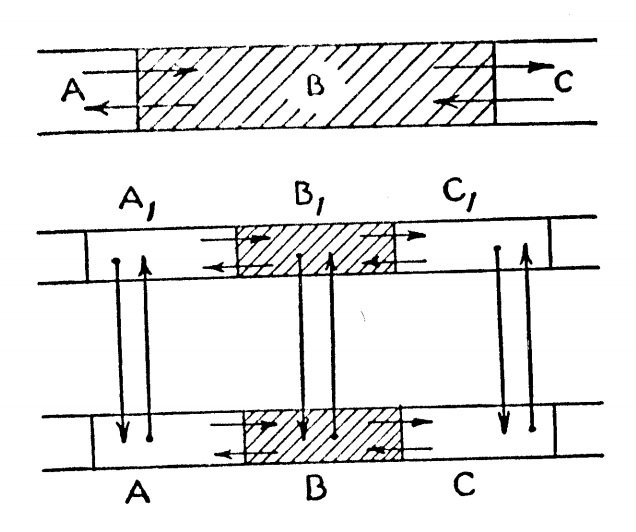
Source
The juxtaposition of two separate takes, by joining one to another, resembles not to a simple sum of one shot after another, but a creation, because the result is qualitatively distinguished from each element considered in isolation.
This is precisely what generates the created process of emotions in the viewer, who is forced to go through the same path of the creator to create the final image, where the viewer not only watches the elements represented, already finished, but also lives the emotion of how the images appear as the director lived them.
To a better understanding of the phenomenon, let's take as a reference the assault I suffered a few days ago inside my own home.
It was 11:00 pm. After checking my email I went to the front of the house to smoke a cigarette. I was thinking as usual about going mentally ordering what to do next day. Suddenly I was surprised by 4 armed subjects, one of them points a gun at me and makes me stand up from where I was sitting. He takes me inside the house, we continue to the bedroom. Then I stopped in the middle of the trajectory and another guy makes me lie face down on the floor. He ties my hands and disappears. My view is limited, I only can see the shoes of the men who murmur and walk near my face. One of them opens the refrigerator and I get to see his face, he was hooded with his own shirt. I hear very close to my ear "where are the keys to the room?" They didn't take long. In my mind there was only one thought "they will take the camera". One by one they return to the main door until I stop hearing the sound of the step in their athletic shoes ......
We can notice the word and the order I used compose the images and sonority as a whole.
This exercise allows us to make a sketch of how the technique works, only with the nature of the imagination or with lived moments. This practice can be done until we achieve the desired pictures and so evoke those feelings in the viewer.
Another example is found in this short poem by Antonio Machado titled "Amanecer de otoño" from the poems "Castilla's countryside".
Here we can notice the selection of melancholy and calm images:
A long road
between gray rocks,
and some humble meadow
where black bulls graze. Brambles, weeds, jerales.
The earth is wet
by the drops of dew,
and the golden mall,
towards the curve of the river.
After the violet mountains
Broken the first time.
On the back the shotgun,
among his sharp greyhounds, a hunter walking.
It is remarkable the melancholic line that crosses the whole poem.
Understanding the above, the principle of Montage in the film is only a particular application of the principle of Montage in general, a principle that, fully understood, exceeds the mere union of small pieces of film.
To close this first part, it is remarkable that from the poetic word and from what we ourselves can write of our experiences of something in particular, a cinematographic image can be produced 100%, making its due adaptation to a script.
So, in the field of the composition, should be taken into account the poetic and theatrical writing as well as the own and internal experience, proposed by the actor to be more effective in the creation of images.

Source
Synchronization of the senses
The Montage is defined as:
The representation A and the representation B must be chosen among all the possible aspects of the theme, that is developed and considered in such a way that its jutaxposition - the jutaxposition of those elements and not of other possible ones - evoke in the perception and feelings of the spectator the full image of the theme.
In this section, the formula with its qualities A and B continues to be developed with the variant of including the other senses. Now we must develop its qualities and proportions.
So following this line the goal is unify all senses in a single unifying image. Depending on the argument it can be use several expressive means and should no be limits to delve into a universe of ppossibilities.
As always, the richest source of experience is the man himself. The study of their behavior, and in this particular case of their methods of perception of reality and image formation, will always be our determinant.
Take Sergei Eisenstein as an example.
When Sergei Eisenstein produced the film Alexander Nevsky, was born with it a new assembly style called "VERTICAL ASSEMBLY". This type of innovative technique for the time was based on musical staves where each part is developed horizontally. But the vertical structure plays a no less important role, but in itself both the instruments represented horizontally and the progression of the vertical line are what make the intricate and harmonious musical movement of an entire orchestra advance.
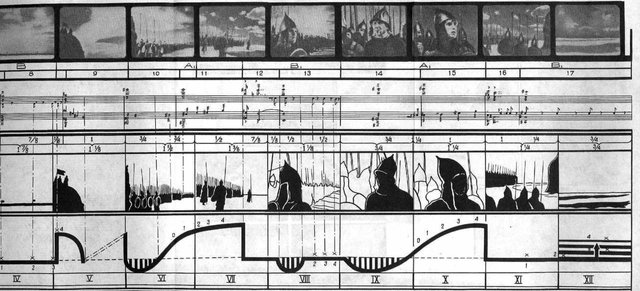
Source
We can appreciate how that new visual pentagrams start to appear that are in synchrony with the musical part and vice versa.
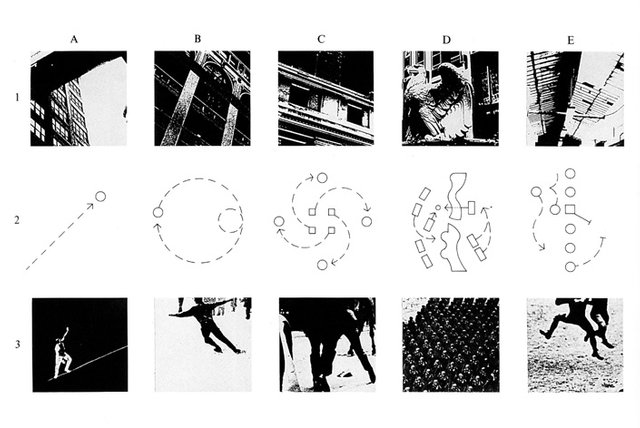
Source
In the sequence of the "procession", of the general line we see how the general line is actually a set of lines that resembles a multicolored ball, and the lines cross and link all the shots.
- The heat line, which increases from tap to tap.
- The line of the changing close-ups, which increases the plastic intensity.
- The line of increasing ecstasy, shown through the dramatic content of the close-ups.
- The line of the "voices" of women (faces of singers)
- The line of the "voices" of men (faces of singers)
- The line of those who kneel to the passage of the icons (tempo increase). This countercurrent created a greater countercurrent that was threaded through the main theme: the bearers of icons, crosses , and flags.
- The submission line that incorporates both currents to the general movement of the sequence "from the sky to the dust". From the tips of the crosses and flags that shine against the sky to the prostrate figures that hit their heads in the dust.

Source
The general course of the montage was an uninterrupted interweaving of these various themes in a unified movement. Each piece of assembly had a double responsibility: to build the total line and to continue at the same time the movement within each of the partial themes.
From minute 24:58 until minute 33:11 approximately we can see the sequence "Procession" of the movie The general line:
Color and meaning
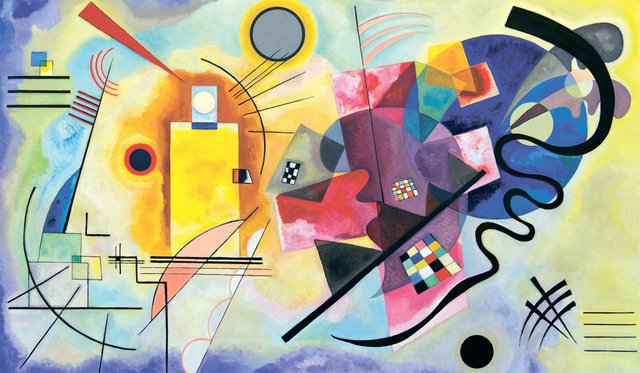
Source
Blue opaque background ...
In the center of the scene there is a giant bright yellow, whitish face and round black eyes... Slowly raise your arms horizontally (palms down), growing at the same time in stature.
The moment he reaches the full height of the stage and his figure resembles a cross, the scene darkens suddenly. The music is expressive and accompanies the action.
Scene 2
Gradually the blue haze gives way to light, which is totally and harshly white. On the scene, a completely round mound, of a very bright green. the violet background, quite bright too.
The music is rough, stormy, with repeated A and B and A flat. These individual notes are finally absorbed by the noisy agitation. Suddenly you move to absolute calmness. A pause the and if continue to complain again, but definite and safe. This lasts some time. Then, another pause.
Now the background suddenly turns dirty brown. The mound, dirty green; and just at its center an imprecise black spot forms, which in turn lightens and darkens. On the left, a large yellow flower suddenly becomes visible. Remotely resembles a large bent cucumber, is illuminated more and more. Its stem is long and thin, and a single spiny and narrow leaf emerges at the height of its middle part, turned to the side. Prolonged pause.
Then, in deadly silence, the flower slowly oscillates from right to left. Later the leaf joins its oscillation, but not unison. Both continue to oscillate at the wrong time, while a very weak accompanying the movement of the flower and the very serious the one of the leaf. Then they swing in unison, sounding both notes with them. The flower trembles violently and stops. The two musical notes keep sounding. At the time, many people enter from the left, with dazzling garments, long and loose (one all blue), another all red, the third green, etc. (only yellow is missing). In their hands, they carry large white flowers, similar to the one on the mound. Their voices, mixed, sing a recitative. ....
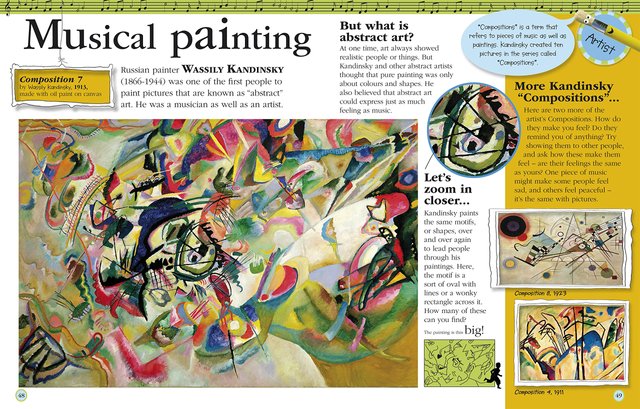
Source
The method used here is clear: abstract "inner tonalities" of the "external" matter.
Such a method consciously tries to separate all formal elements from all elements of content; everything that concerns the subject or issue is rejected and only those extreme formal elements that normal creative work play a mere partial role are left alone.
Here a theatrical montage based on the work "The yellow sound" Kandinsky":
A Tahitian girl lying face down showing a part of her face frightened. It rests on a bed covered by a blue sarong and a light yellow chrome sheet. There is a purplish violet background dotted with flowers that look like electric sparks; a rather strange figure is next to the bed.
Seduced by a form, by a movement, I paint this with no other interest than to make a nude. As it is now, it is a somewhat indecent study. What I want, however, is a chaste picture, which expresses the Tahitian spirit, its character, and its tradition.
I use the pareo as a bedspread because it is intimately linked to the life of the Tahitian. The savannah, whose texture is tree bark, should be yellow, because this color raises something unexpected in the viewer, and also because it suggests a clarity of lamp, which saves me the job of producing that effect. I must have a slightly frightening background. Violet is obviously necessary. I have described the musical scaffolding of the painting.
In that pose a bit daring, what can a Tahitian girl be doing, naked and on a bed? Preparing for love? It would be typical in it, but indecent, and I do not want it to be. Are you going to sleep? The act of love would have passed: indecency follows. I can only think of fear. What kind of fear? Not for sure the fear of a susana surprised by the old ones. Such terror is unknown in Tahiti.
The tupapau (spirit of the dead): that's the answer I'm looking for. It is a constant source of fear for the Tahitians. During the night a lamp is always left on. When there is no moon, nobody goes on a road without a lantern, and even so, they go in groups.
Found my tupapau, I attach myself to it and I turn it into the motive my picture. The nude acquires a secondary importance
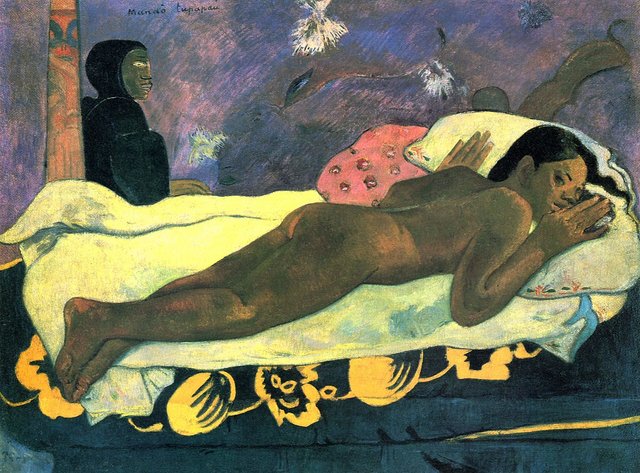
Source
Paul Gauguin, "notes éparases: genése d`un tableau, en Jean de roronchamp, Paul Gauguin, Weimar, Graf von Kessler, 1906, pp. 218-20
Let's summarize Musical element: horizontal undulating lines, harmonies of orange and blue interwoven with yellows and violets and their derivatives, illuminated all by greenish glows. Literary element: the spirit of a living girl linked to the spirit of the dead. Day and night.
This genesis is written for those who insist on knowing why and how.
Actually, it is simply a study of Tahitian nude.
Here the cornerstone of what we seek... "the musical scaffolding of the painting"; we can appreciate how the painter values the psychological use of color. using violet in a terrifying way, like yellow to elicit "something unexpected in the viewer".
The use of color and meaning is very important in the cinematographic composition to create the desired atmosphere depending on what is being represented either terrifying, something sublime or something sad to name some moods that can evoke various situations where it may be linked or not an actor.
bibliography:
The. Film sense
© Harcourt. Brace and Compeny, Inc., New York, 1942

English is not my mother tongue, so I apologize for any mistakes or nonsense that you can find, I did my best without using machine translation tools.
I hope you have liked this post.
All the material exposed in this blog is original
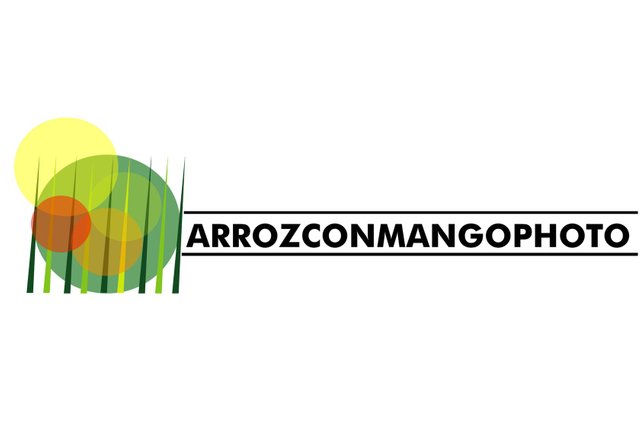
Awesome stuff! I especially love the section bout Colour and Meaning. Pure Gold!
Best Regards,
Shenobie
thanks for reading me .. pending of the next publication
The pleasure is all mine man!
I Look forward to reading more. I did get to learn a great deal about good writing and using images to enhance a post by reading your post. As a newbie it helped a great deal.
Please do have a look at the few posts I have managed to get up when you the chance as your feedback would be awesome.
Best Regards
@shenobie
¡Qué trabajo tan completo! Me encantan todos los elementos que usaste para estructurarlo 💙
Siento un fresquito cuando me encuentro con usuarios venezolanos de Steemit que crean contenido con este nivel de calidad ¡Gracias @arrozymangophoto!
Muy interesantes conceptos aunque no e terminado de entenderlo bien, el post es un poco largo y tiene demasiada miga como para entenderlo a la primera lo tendria que releer de nuevo con mas calma.
paso por aqui porque veo que de cine sabes bastante y me gustaria que vieses un cortometraje que e echo y me des tu opinion, con todo lo que sabes de cine seguro que tienes una buena opinion.
esta aqui https://steemit.com/film/@networker5/cortometraje-terror-a-media-noche-short-film-terror-at-midnight por si quieres pasar a verlo y darme tu opinion.
saludos
Con gusto hermano. gracias por leerme ... evidentemente el tema es largo, mas bien trate de resumirlo sin que perdiera su esencia.
ok quedo a la espera entonces ;)